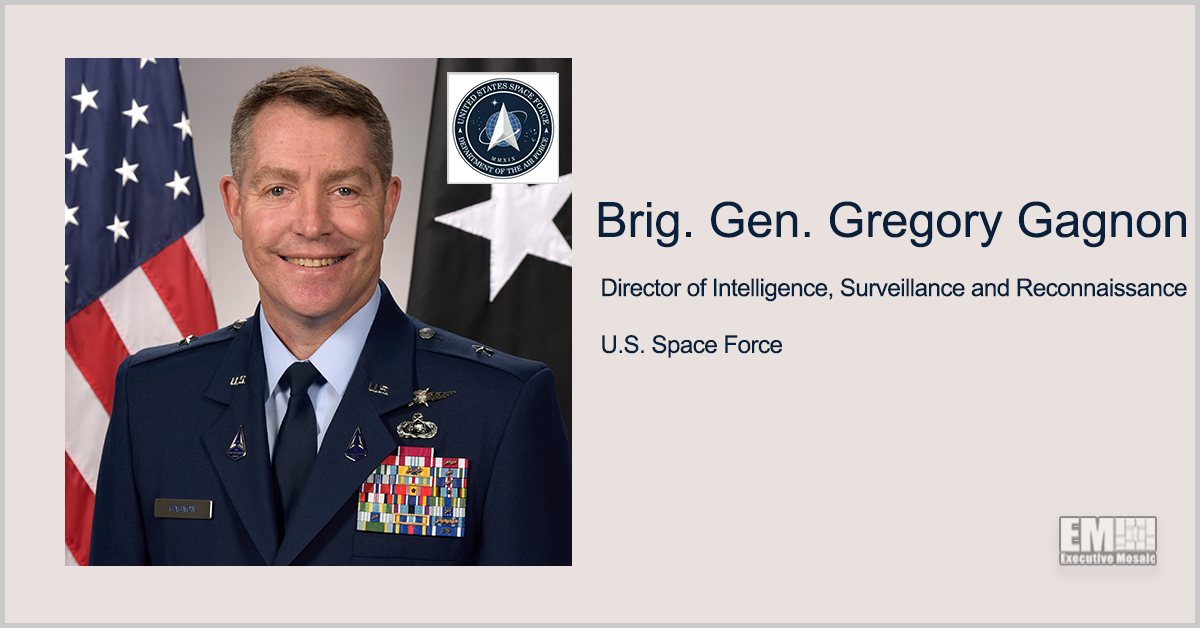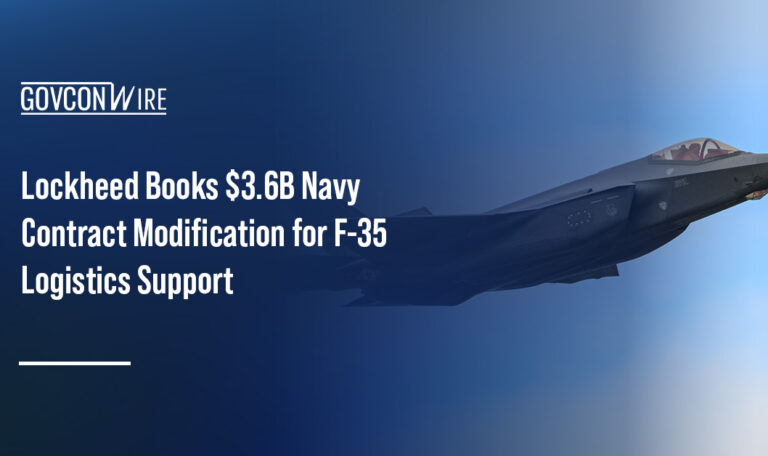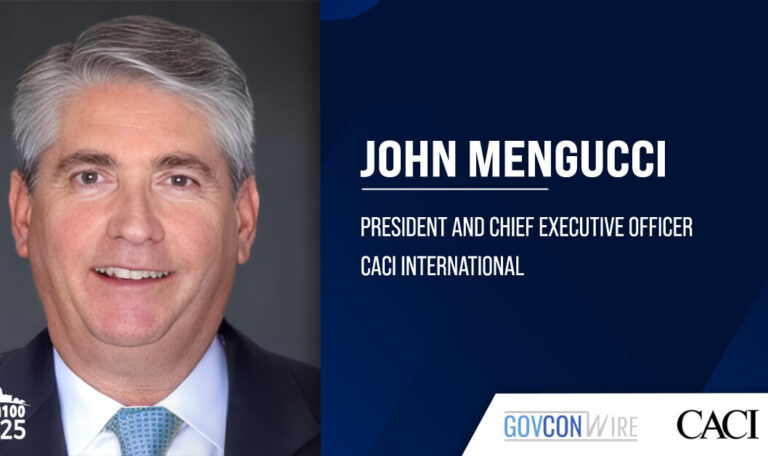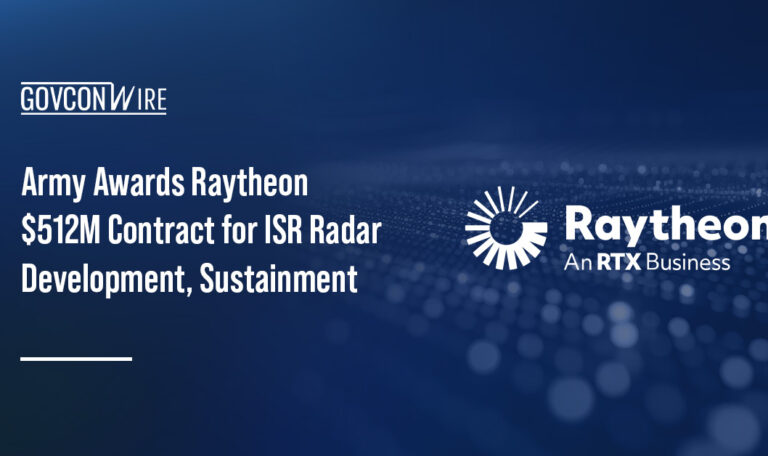The United States Space Force has trained an “unblinking eye” on its top pacing challenge and adversary, China, as the U.S. races to maintain space dominance in the increasingly contested and hostile domain, according to Brig. Gen. Gregory Gagnon, the Space Force’s new director of intelligence, surveillance and reconnaissance.
In recent years, the Department of Defense has made clear that outpacing China is priority number one. Air Force Secretary Frank Kendall said he has seen China’s exponentially accelerating rise to power for the last decade — and we need to act quickly, and make the right strategic investments, if we’re to quell the threat. The country that was once viewed by many Pentagon leaders as a near-peer adversary is now closer to our capability level than ever before.
Brig. Gen. Gagnon asserts that today, we’re engaged in a strategic peer competition with an adversary that is deliberately organized, consistently funded and incredibly agile.
“The reason they’ve had such rapid advancement in their space capabilities… is because they’ve had consistent planning. They are not a bottom up system that fights competing designs and competing ideas. They are a top down system that sets goals, sets targets and allocates resources. And because of that, they’ve been able to move very rapidly,” he said of China in a keynote address during the Potomac Officers Club’s Second Annual Space Intelligence Forum.
Since 2015, China has increased its fleet of satellites by 315 percent, from 150 to over 615 satellites today. More than 260 of these satellites are used for military intelligence, military operations and national security missions, Brig. Gen. Gagnon said.
The country’s economy has also skyrocketed from $6 trillion in 2010 to nearly $18 trillion today. This economic growth is also fueling China’s defense budget, which funds an increasing output of nuclear weapons, surface combatant ships, surface to air missiles and more.
But the threat we should really focus on is China’s advancements in space, Gagnon explained.
“The [People’s Liberation Army] has made a significant investment in the ability to attack space because they seek to take away what they see as a military competitive advantage of the Americans and our allies,” revealed Gagnon.
“What they are designing from a military space perspective is the ability to execute fires at long range while holding targets in custody. That is a capability that for those of us in uniform, we have grown very accustomed to using over the last 20, 25 years of combat, but we haven’t faced an adversary who could do the same thing back to us. And that is one of our great challenges,” he continued.
Today, Gagnon sees a meaningful shift in the way Pentagon officials are thinking about and responding to the growing threat from China.
“What you see today that you would not have seen five years ago is when we discuss providing capabilities from space, we are setting it into the context that the adversary has space attack capabilities,” he explained.
“In my short time here in the Pentagon, there’s no pushback about what the adversary can do. There is a shared awareness of threat, and that’s informing changes in force design and changes in budget,” Gagnon shared. “And that is tremendously healthy to see and absolutely something that’s needed.”
This realistic outlook on China has helped the U.S. scale up its space capabilities, increase its funding and build up a resilient and ready force of the future. In a recent visit to Vandenberg Air Force Base in California, Gagnon said he was pleased to find that enlisted officers who were undergoing training were being taught about the current threat, and they were studying materials which had been produced or updated just weeks prior.
Gagnon is also seeing a much younger, larger force take up the mantle as the next generation of warfighters. “Space force intelligence will double in size in the next four and a half years. It’s all funded, it’s in the program,” he said.
From a commercial capabilities perspective, the U.S. is certainly regaining its technological advantage and its ability to overmatch adversaries.
“They’re trying to do commercial launch from China, and they’re trying to have the capacity to do commercial launch. I will tell you, in 2018 to 2021, the world launch leader was China. This year, that is not the case because SpaceX is basically launching like once a week. So they have reestablished U.S. dominance in space launch, which is fantastic. And Space Force has been part of that,” Gagnon shared.
Commercial sensors in space are also becoming paramount to space intelligence, as we’ve seen in the Russian invasion of Ukraine. “This new world where outer space provides an unblinking eye is a world that’s favorable to the United States,” said Gagnon.
Hear Gagnon’s full remarks at PotomacOfficersClub.com, where you can find our online library of virtual events.

To learn more about the federal government’s global security priorities, join GovCon Wire’s Second Annual Defense and Intelligence: IT Modernization Forum on Sept. 6. La’Naia Jones, chief information officer of the CIA, is confirmed to deliver a keynote address. Register here.















